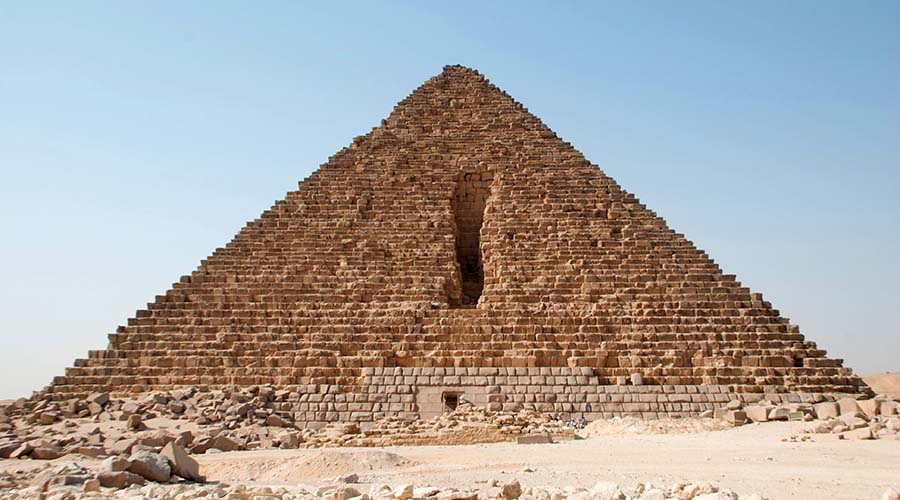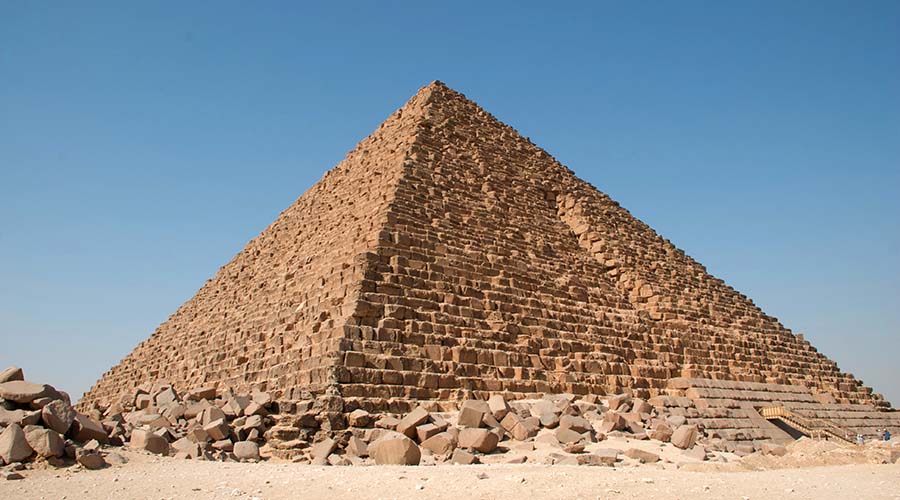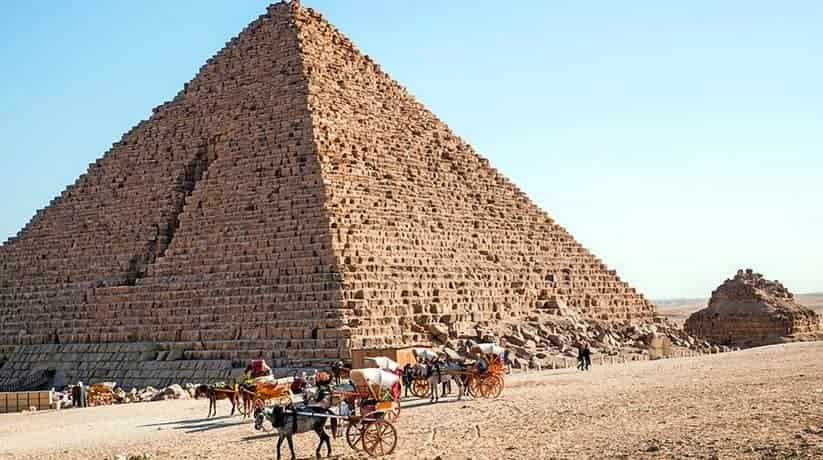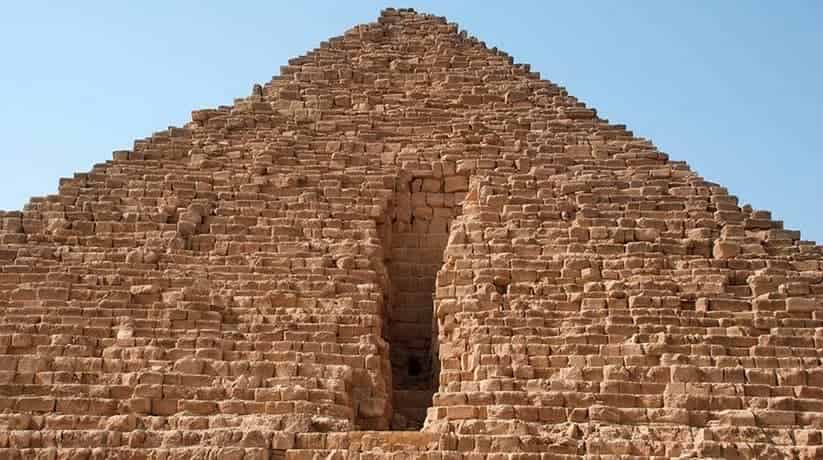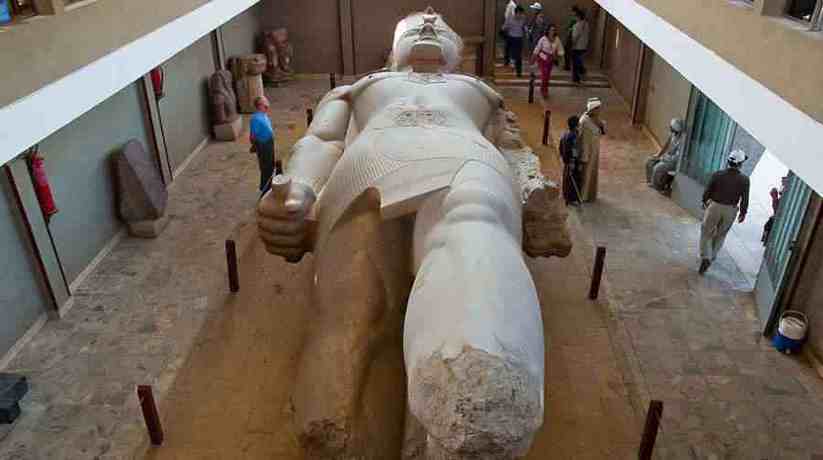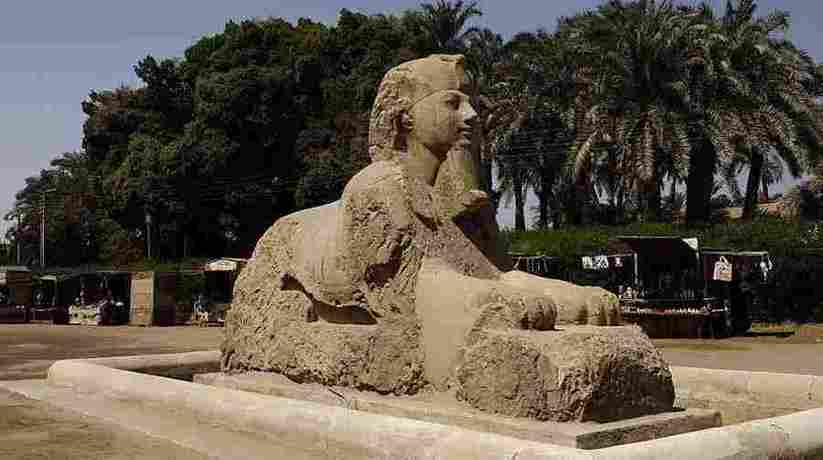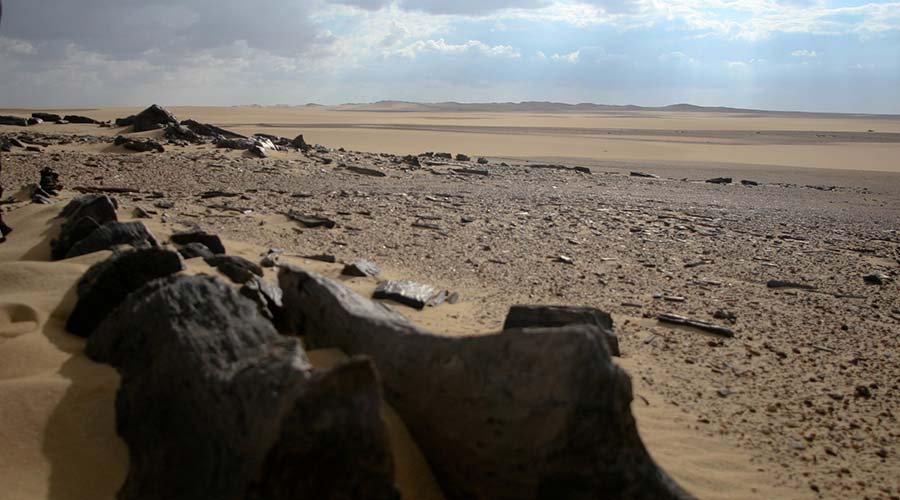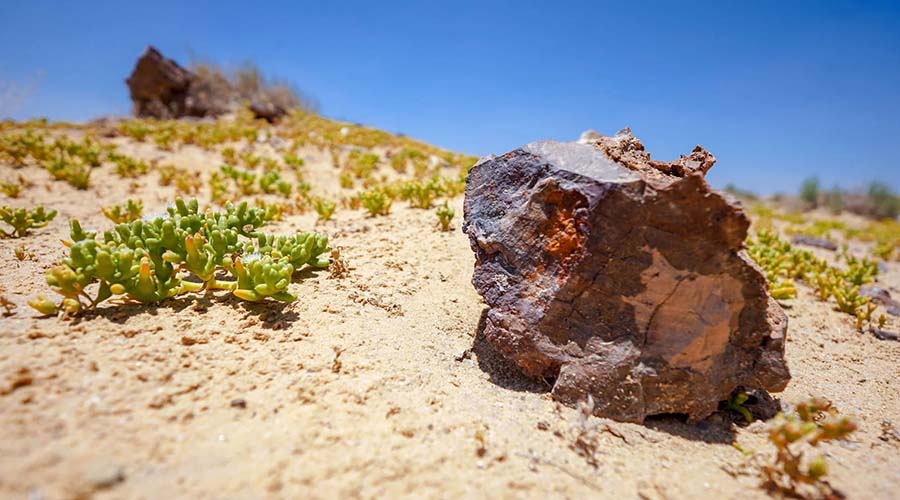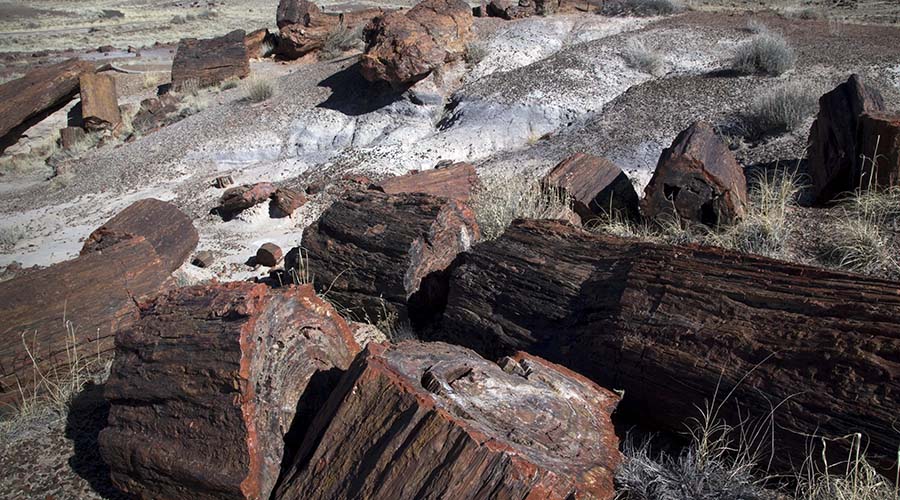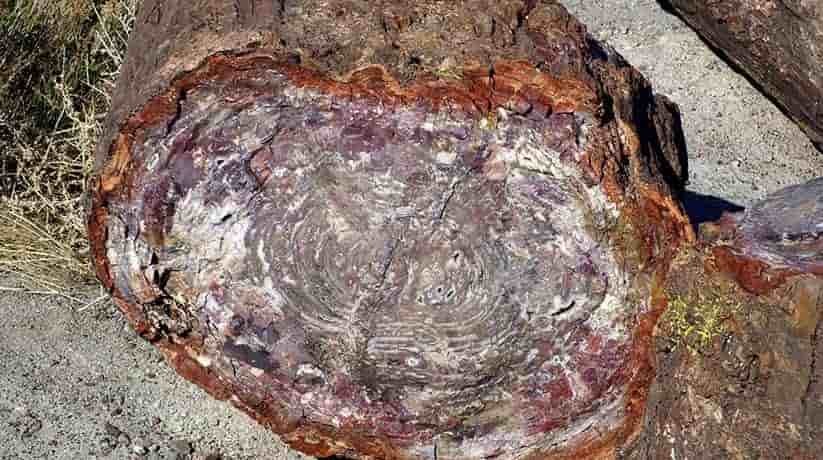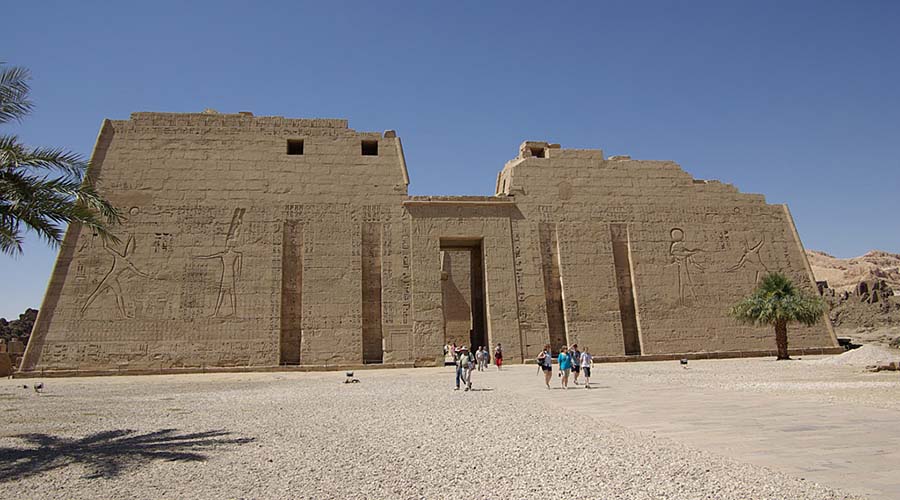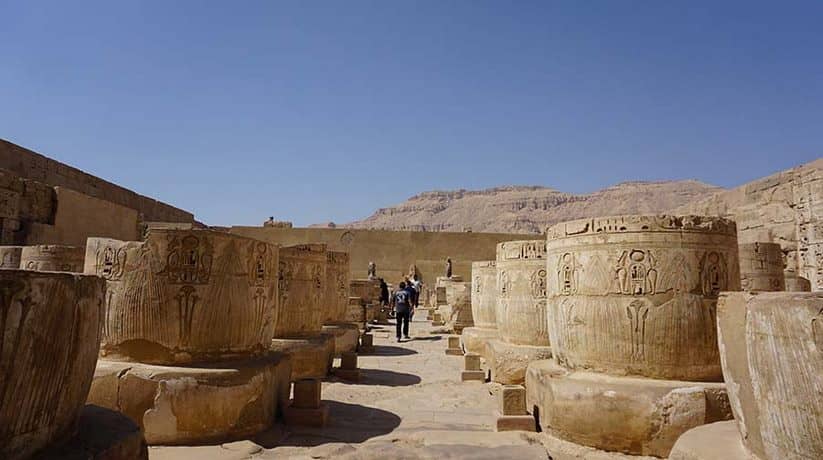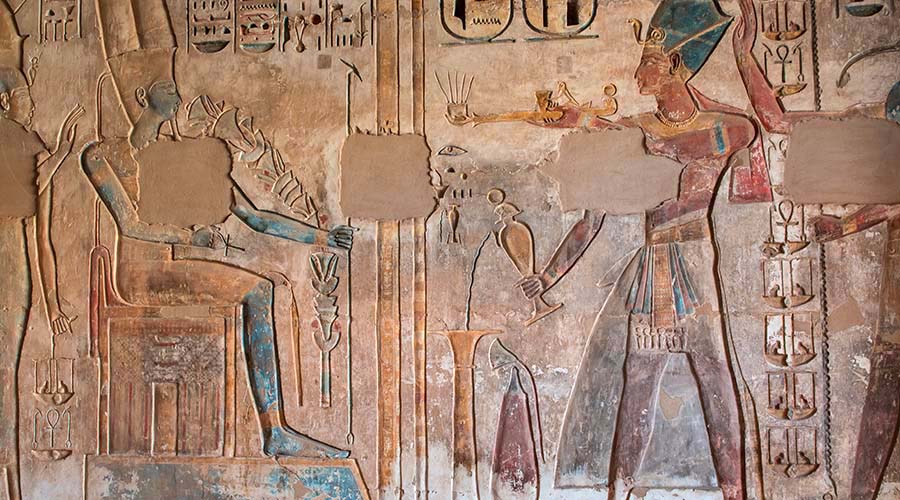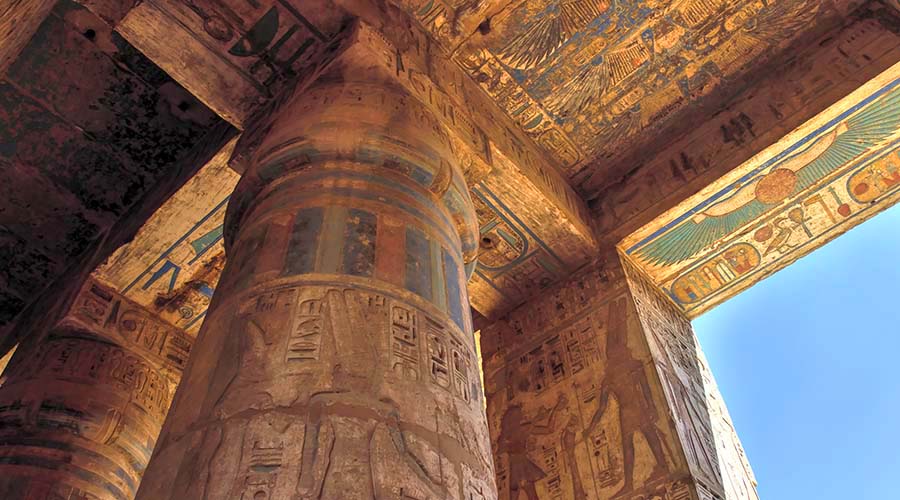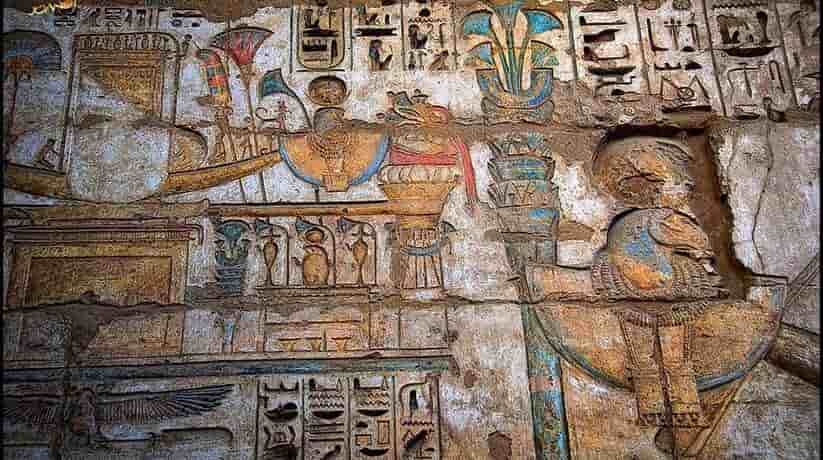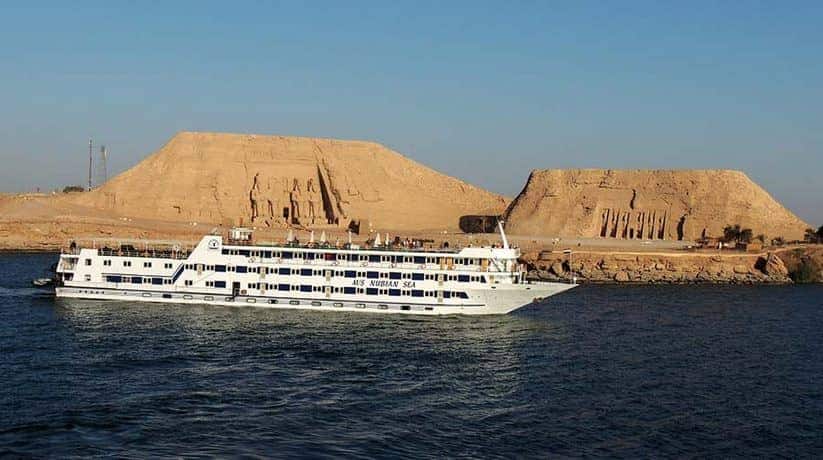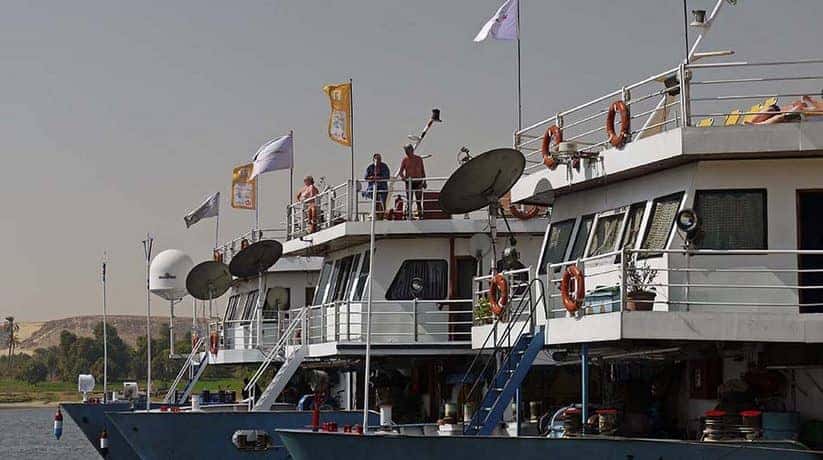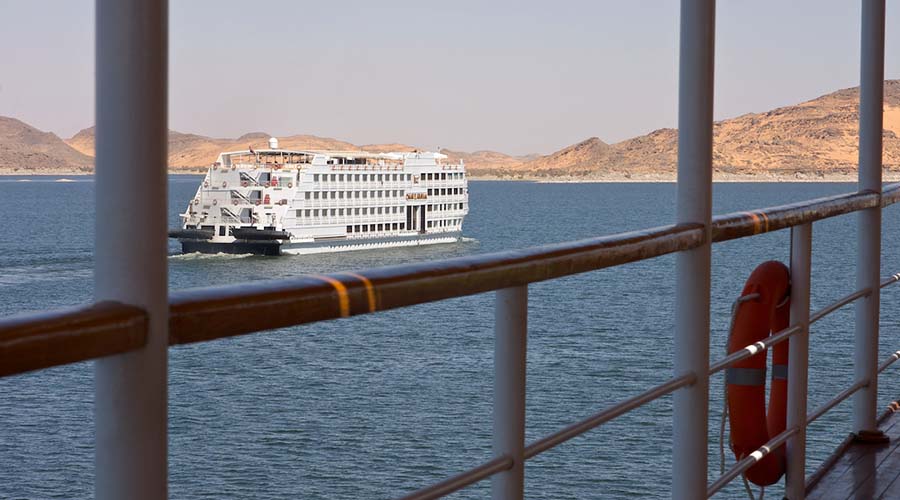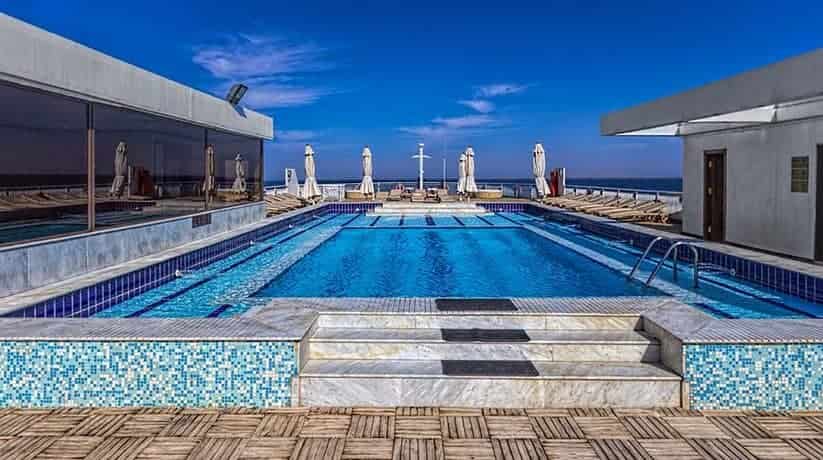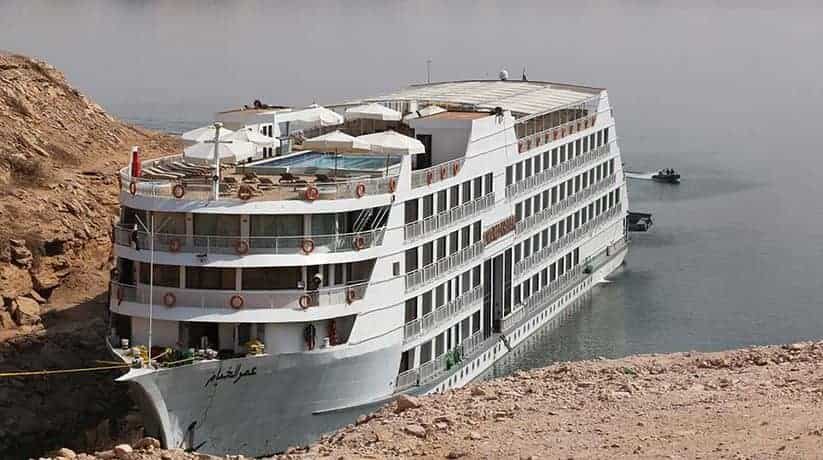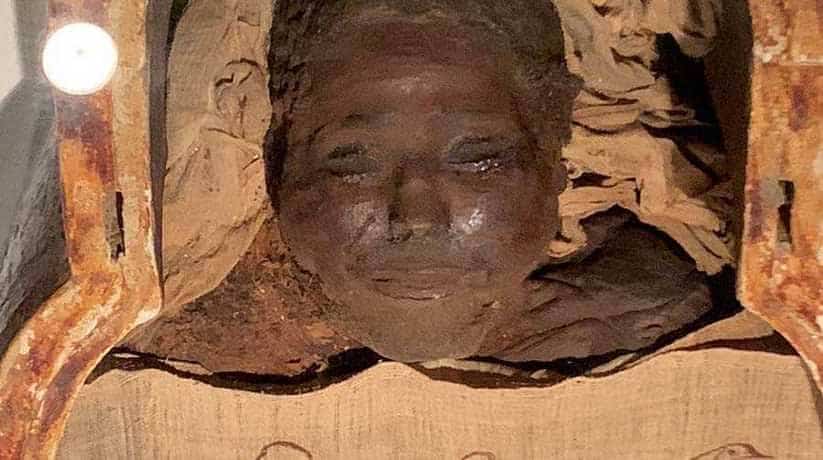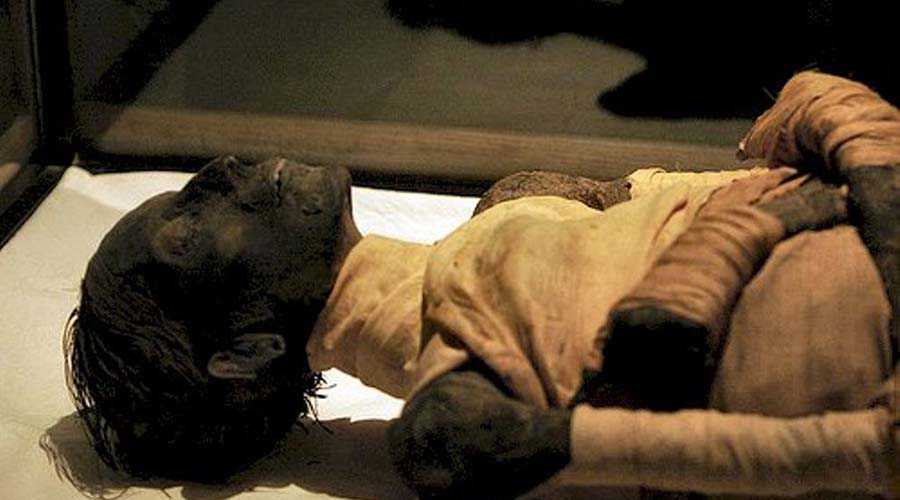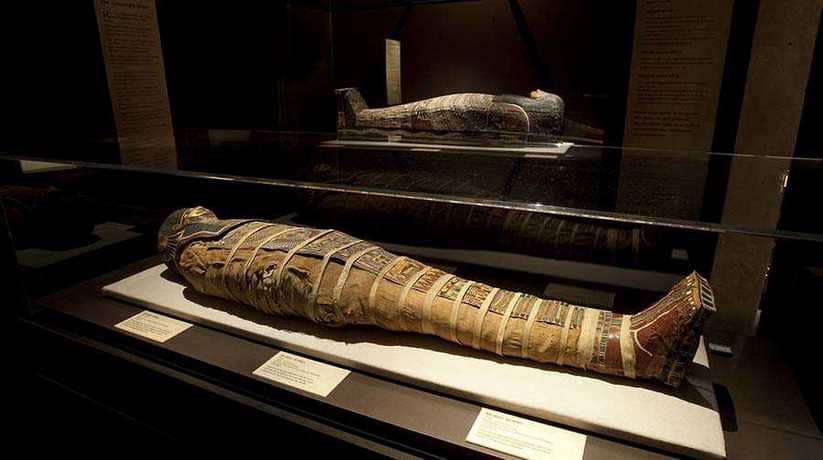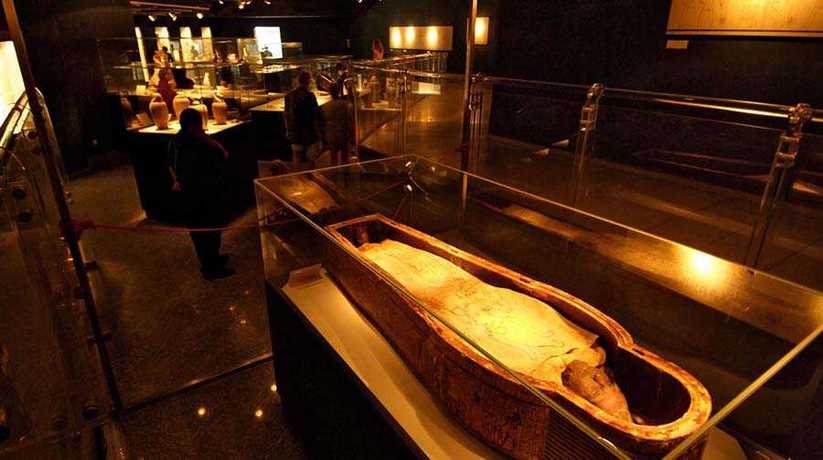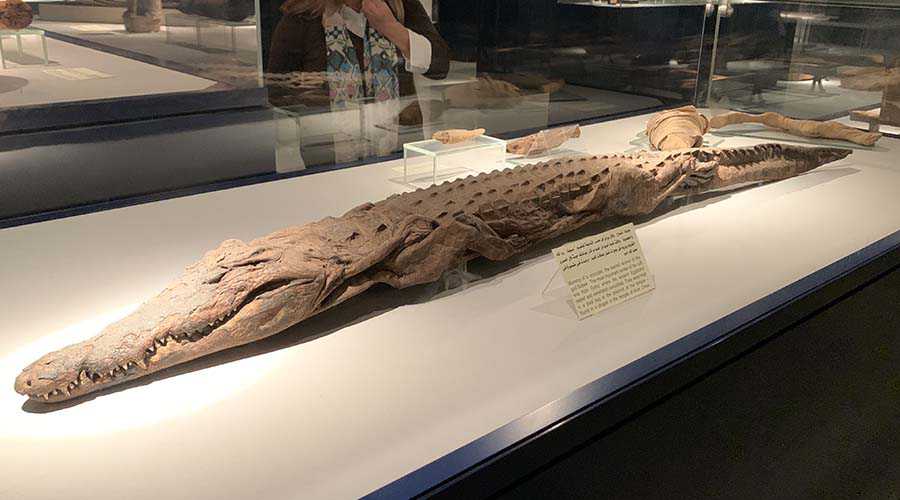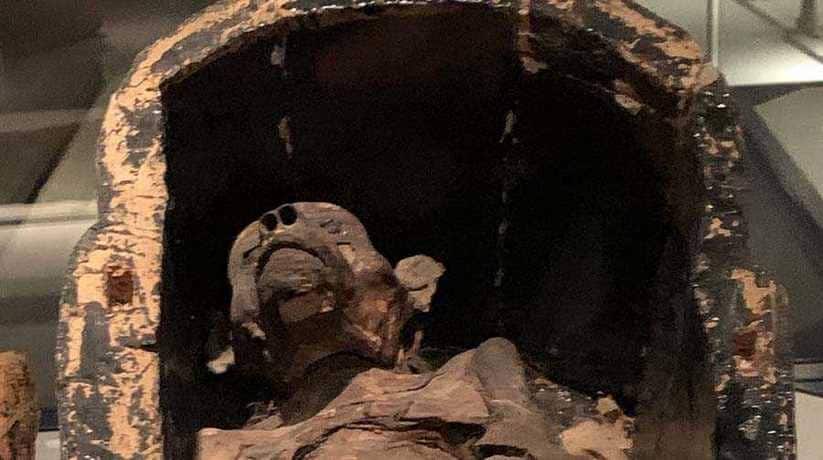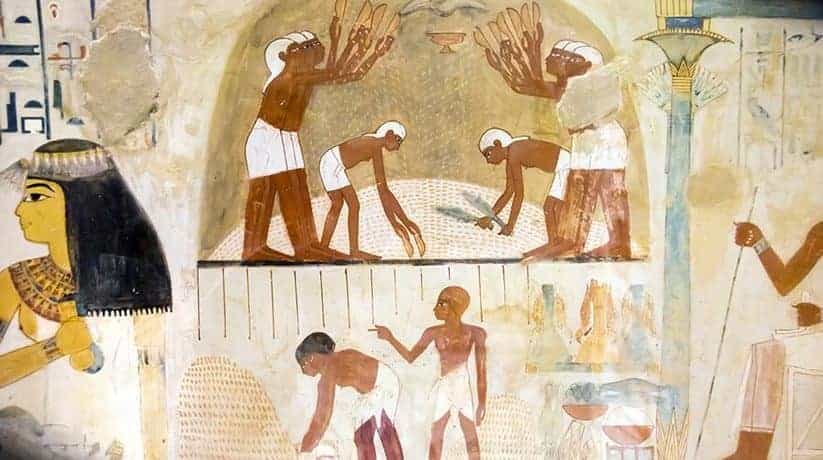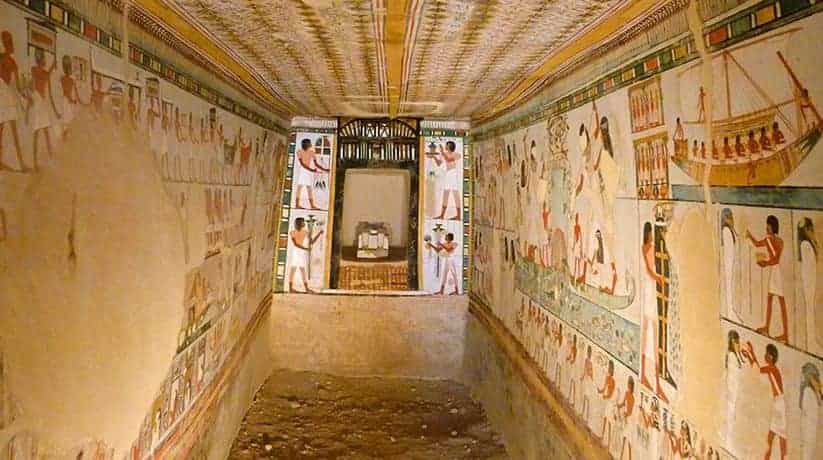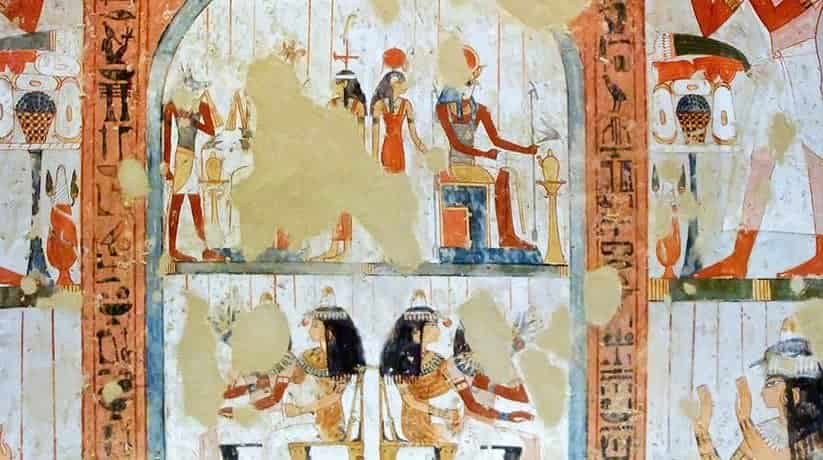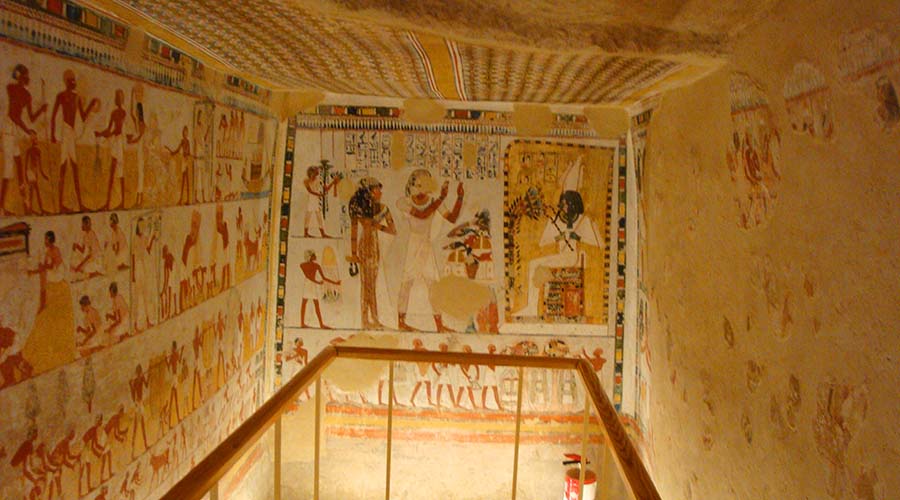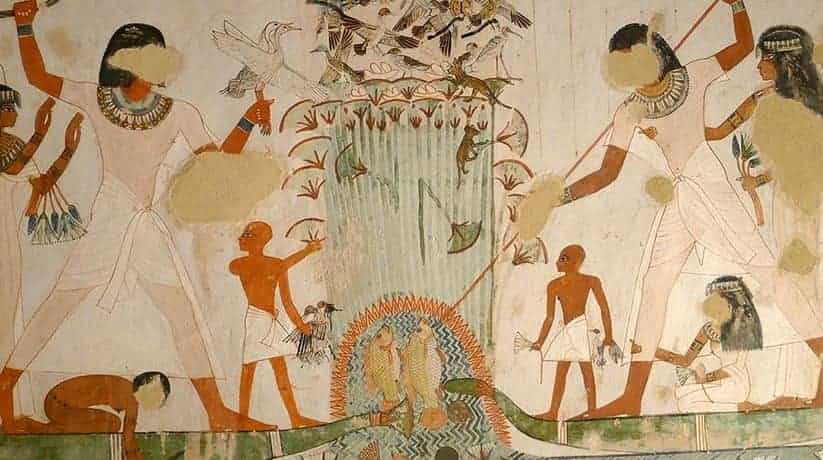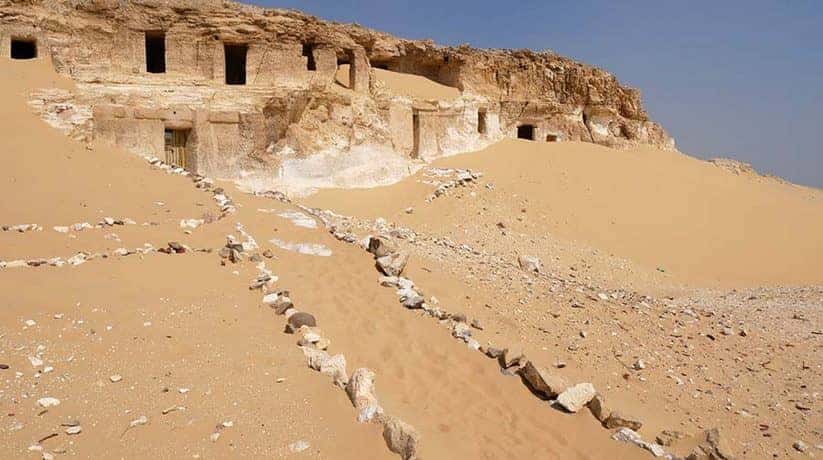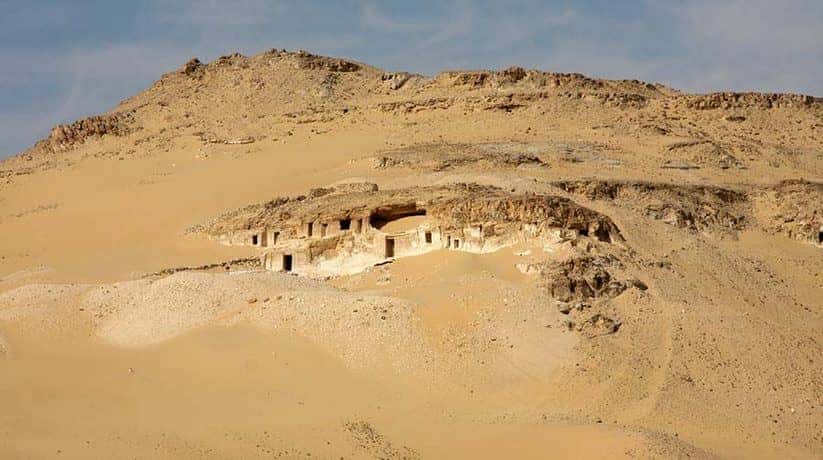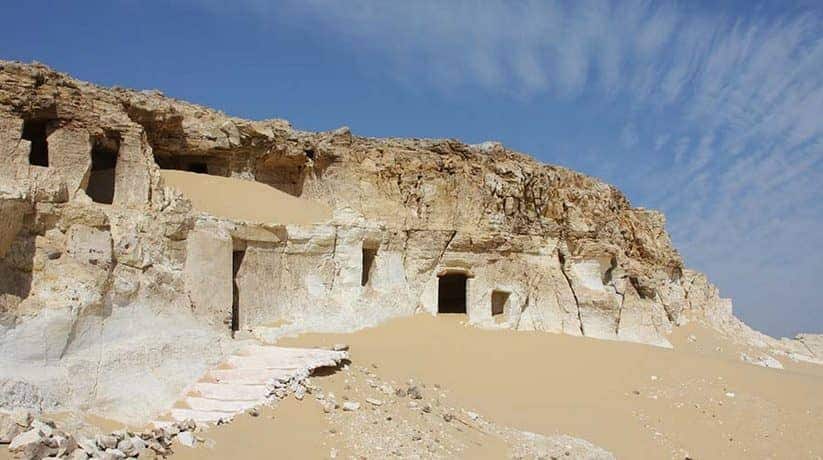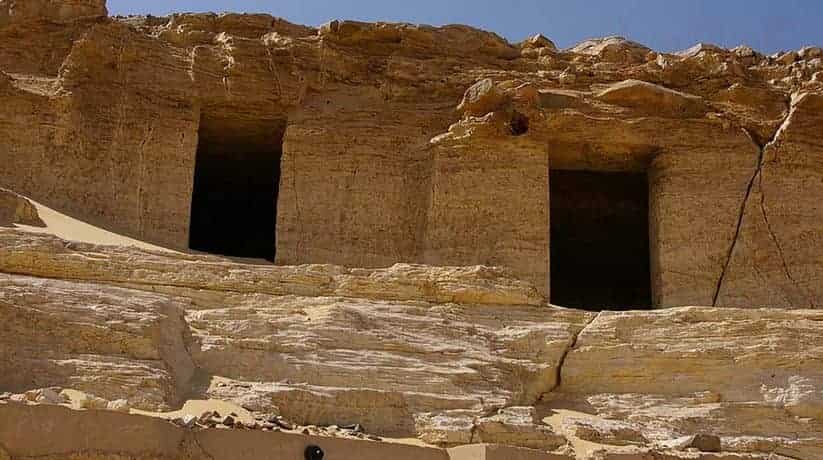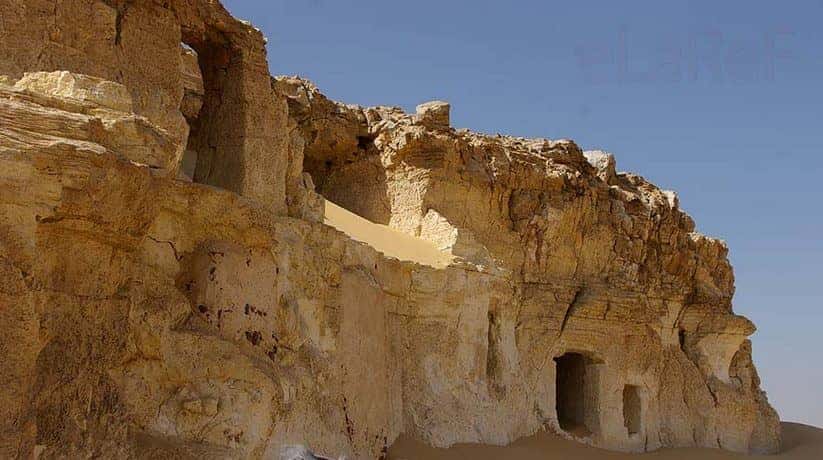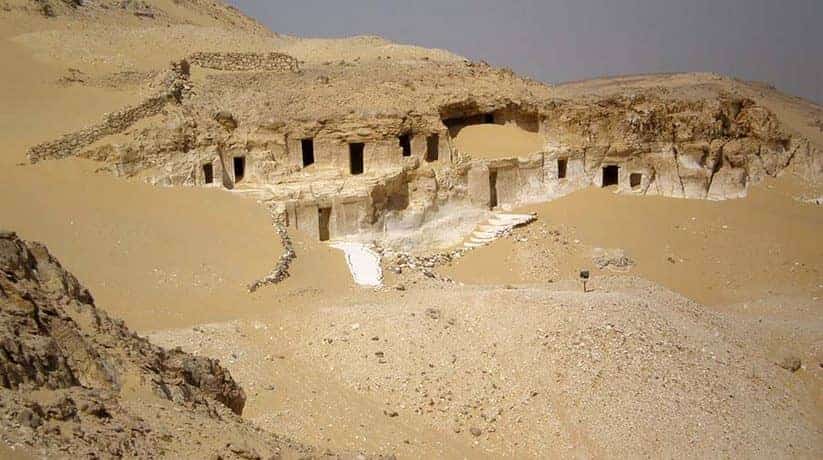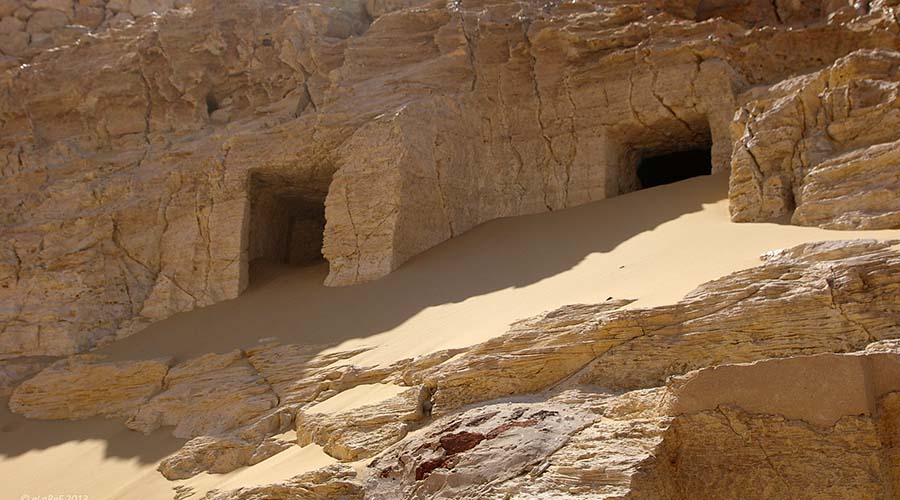Mummification Museum Luxor Egypt tours, prices, booking
Mummification Museum Luxor located on Luxor city in Egypt. The mummification museum in Luxor indeed is amazing place. It is the best palace to learn about the most powerful secrets of the pharaohs. In fact, Mummification word comes from the Persian word “Mummya” which means bitumen or pitch. It sets in an underground hall on the Nile, next to the national ferry on the east bank. The ancient Egyptians imagined the underground world of the dead. It is where Osiris dwelt, though this actually changed over time. From early times, they protected the afterlife of the dead by mummification. They offered, wrote the name of the deceased and utterances in their calls. The collection of ancient funerary spells known as the Pyramids Texts tell us:
“Secure your head to the bones” (spell 13).
“Collect your bones. Gather together your limbs and throw the sand from your flesh” (spell 373).
“The spirit is for the heavens, the corpse is for the Earth”.
The survival of body is necessary for survival of the seven different elements of their being. In fact, that was the Ancient Egyptians belief. They include the physical body which mummified and wrapped in linen. It should protected with various amulets in a coffin and deposited within it’s tomb. Ka represented the vital life force. It created at the same time as a man’s body, which it resembled in every respect. Moreover, it was free to move between the burial chamber and the funerary statue. Ba often represented by a human headed. Ba bird with features of the deceased could take any shape. It revisited the world of the living and traveled across the sky in the sun-god’s boat. It always returns to reunite with it’s corpse in the tomb.
Further details about The Mummification Museum in Luxor:
The Akh was the most of spirits that severed all ties with mortal remains. It was to join the cold and imperishable stars. This beneficent spirit gained through piety and good deeds. The Ib represented the aware heart. The heart could determine the worth of its owner during judgment. Moreover, the Rn carved on the walls of the tombs and hymns chanted to keep the deceased’s name forever. The Inseparable Shadow, called the “shwt”. The shadow remained with the body. They also believed that the preservation of the physical body form is essential. It is essential for survival in the afterlife. This is because they believed that the destruction of the body would mean the decay of the soul.
In fact, all these elements displayed in the Mummification Museum in Luxor. Two other symbols that were vital for the Egyptians in the mummification process. They are Ankh, (key of life), which was the symbol of life itself and Djed Pillar. It is the symbol of stability, thought to perhaps linked with the backbone of Osiris. Of course, the mummification process changed somewhat over time. After death, the body of the deceased brought to the pre-nefr” or the place of mummification. Pre-nefr means “the beautiful house”. The body stripped of its clothes, and the embalmers wash the body with sacred water. Sacred water taken from a sacred local lake.
More details about The Mummification Museum in Luxor:
A chisel passed through the ethmoid bone into the cranial cavity. With a spatula they cut the brain into small pieces. Then a hooked rod inserted, and turned to make the brain liquefy. It is to extract the brain through the nostrils. After that, they cleaned the skull cavity with palm wine and stuff it with linen. And then, They pour resinous liquid into the skull. After treating the head, the embalmers moved to the trunk of the body. The viscera extracted through an incision which usually made in the left side of the abdomen. Through it, they extracted all the entrails except the heart. The thoracic and abdominal cavities cleaned and rinsed with palm-wine. And then, treated with powder and ointment.
The Mummification Museum in Luxor shows a mummified vertical section of a body. It is to show the result of this process. The Mummification Museum in Luxor also shows the instruments used in the process. They are like the scissors, scalpel, and cutters. Ancient Egyptian placed each organ in one of four so-called Canopic jars. These jars take the form of the four sons of Horus, who protected the mummified viscera. After they finish the extraction of the viscera they wash the body cavity with palm-wine. Then they insert into the thoracic and abdominal cavities temporary stuffing materials. They enclosed in linen packets containing dry Natron. It was to speed dehydration of the body tissues and fats. Other packets were full of sawdust to absorb liquids.
Further details about the Museum of Mummification in Luxor:
The next and final stage in the embalming process was the treatment of the whole body with Natron. A type of salt, it extracts the water in the body tissues, drying it out to dehydrate the body. They placed the body in a heap of solid Natron on a slanting bed. Moreover, they piled the Natron around the body for forty days. The temporary stuffing packages and the Natron dries the body. They changed by the embalmers. After forty days, the body taken out of the Natron. The temporary stuffing packages removed from the thoracic and abdominal cavities. They wash the chest and abdominal cavity with palm wine and stuffed it with fresh dry materials. Moreover, they include perfumed cloth packing, Nile mud, myrrh and cassia. They also include linen, resin, saw dust, and one or two onions.
Furthermore, they then close the two lips of the incision with linen string. After that the body anointed with cedar oil. The mouth, ears, and the nose sealed with bee’s wax or linen in molten resin. The body wrapped with linen. The aim of the wrapping was to preserve the mummy. Binding used to keep the wrapping tight and in place. Many of the substances used in mummification displayed at the The Mummification Museum in Luxor. It including Natron. It still mined from the area of Wadi El Natrun west of the delta near the north coast of Egypt. Other substances can even purchased today from many spices dealers spread all around Luxor. The Mummification Museum in Luxor even shows a bottle that contains the mummification liquid.
More details about The Mummification Museum in Luxor:
The embalmers who mummified Amun Tef Nakht left much of mummification materials with him. It was when the tomb of Amun Tef Nakht. This liquid came from results of the interaction between these materials and the body. The Mummification Museum in Luxor demonstrates this process clearly. There are drawings, copied from many tombs all over Egypt which mummification process. There is, for instance, the scene of the deceased and his wife sitting down before the offering table. Their son wears the leopard skin and makes various offerings to his parents. This scene displayed in The Mummification Museum in Luxor. It copied from the burial chamber of the tomb of Sennefer. Another scene from a papyrus of a royal scribe. It depicts the mummy on a funeral bier between Isis and Nephthys in the form of two birds.
The most important displays in the The Mummification Museum in is the mummy of Masaharta. He is the son of King Panedjem, from the 21st Dynasty. He was a high priest of Amun and an army general during that dynasty. This mummy found in the Dier El Bahari cache. Deir El Bahari contained the mummies of some forty kings, queens and other royalty. The funerary boat is another important cultural display in the Mummification Museum in Luxor. These used to carry the mummy to the west bank. It was in the presence of the goddess Isis, mother of Horus, wife of Osiris and Nephthys, mother of Anubis. Another important display is an Osiris statue. He is the father of Horus and the brother of Isis. He thought to have been the first to mummified by Anubis and the first one who raised in the afterlife.
Further details about The Mummification museum in Luxor:
He is the lord of the Judgment hall, the god of the dead. He also was one of the most famous Egyptian gods, particularly in later times. There is also Anubis, the jackal god. The myth tells that Anubis mummified the body of Osiris with the help of the four sons of Horus. Egyptian religion gave Anubis many titles. They are such as the god of mummification and the one who protected the dead. In Mummification museum in Luxor there is a interesting collection of mummified animals. There is a mummy of a fish, which is the symbol of rebirth. The fish cult center was Esna. The Nile is famous for this kind of fish, called the Nile lattes fish. There is also a mummified baboon.
Baboons considered the manifestation of the god Thoth, who considered the god of scribes. He also was the measure of time and the god of the moon. In the judgment hall of Osiris, Thoth stands by the side of the balance. He holds a palette and records the results of the weighing of the heart as announced by the dog-headed ape. He sits on the middle of the beam of the scales. There is also a cat mummy, the sacred animal of the god Bastet. The most wonderful animal mummy is that of a ram because it held inside a gold coffin. It represents the sacred animal of the god Khnum. Khnum was a creator god whose cult center was Elephantine. The last section of the museum is the coffins section. The pharaohs gave great attention to their afterlife. A big element of this attention was the coffins.
More details about The Mummification Museum in Luxor:
There is the beautiful coffin cover of Padi-Amun, the high priest of Amun. It has lotus flowers on its forehead and a wig. There is also the coffin cover of Masaharti, without the face and hands. It is because the thieves found it and took these golden pieces. The lights in the museum muted with only special spotlights on the displays. The Mummification Museum in Luxor isn’t large but each display is a story in itself. Each display reflects a important section of the old Egyptian history and culture. The museum provides an overview of the processes surrounding the death of ancient Egyptians. And thus insight into the tombs that frequented by tourists. The bookshop at the Mummification Museum in Luxor indeed is an excellent place. It is to pick up material on this fascinating topic.
Nearby attractions Information, tours and Online Booking
More of Egypt attractions

